Actively prepare before marching
During the 1975 Spring General Offensive and Uprising, the Armored Corps participated with the largest number of armored tanks up to that time, with a total of 5 tank regiments (brigades), including 502 vehicles of various types, not including vehicles used for support work.
The technical support for armored vehicles at that time encountered many difficulties and shortages. Armored units marched and fought in extremely complicated conditions, with long marching routes and had to cross many rivers and bridges. The technical condition of some equipment on the vehicles was damaged and degraded; technical support vehicles, equipment and supplies were lacking, of poor quality and not uniform; technical staff and employees were lacking due to having to disperse to different directions and points...
Faced with that situation, the armored engineering industry must have a specific and urgent plan for pre-operational and operational planning to ensure that armored units can march safely with a high rate of reaching their destination, promptly meet the combat readiness mission and win the battle right from the first battle.
With the above characteristics, in 1972, the Party Committee and the Command of the Armored Corps directed a number of urgent actions, which were: Recovering and repairing motorbikes and equipment, improving the organization to improve quality in all aspects, and continuing to support the battlefield. In compliance with the resolution of the Party Committee of the Corps and carrying out the tasks assigned by the Command, the armored engineering sector mobilized all cadres, soldiers, and technical staff from agencies to units to embark on the work of BĐKT to prepare units for combat operations to participate in the General Offensive and Uprising in the Spring of 1975.
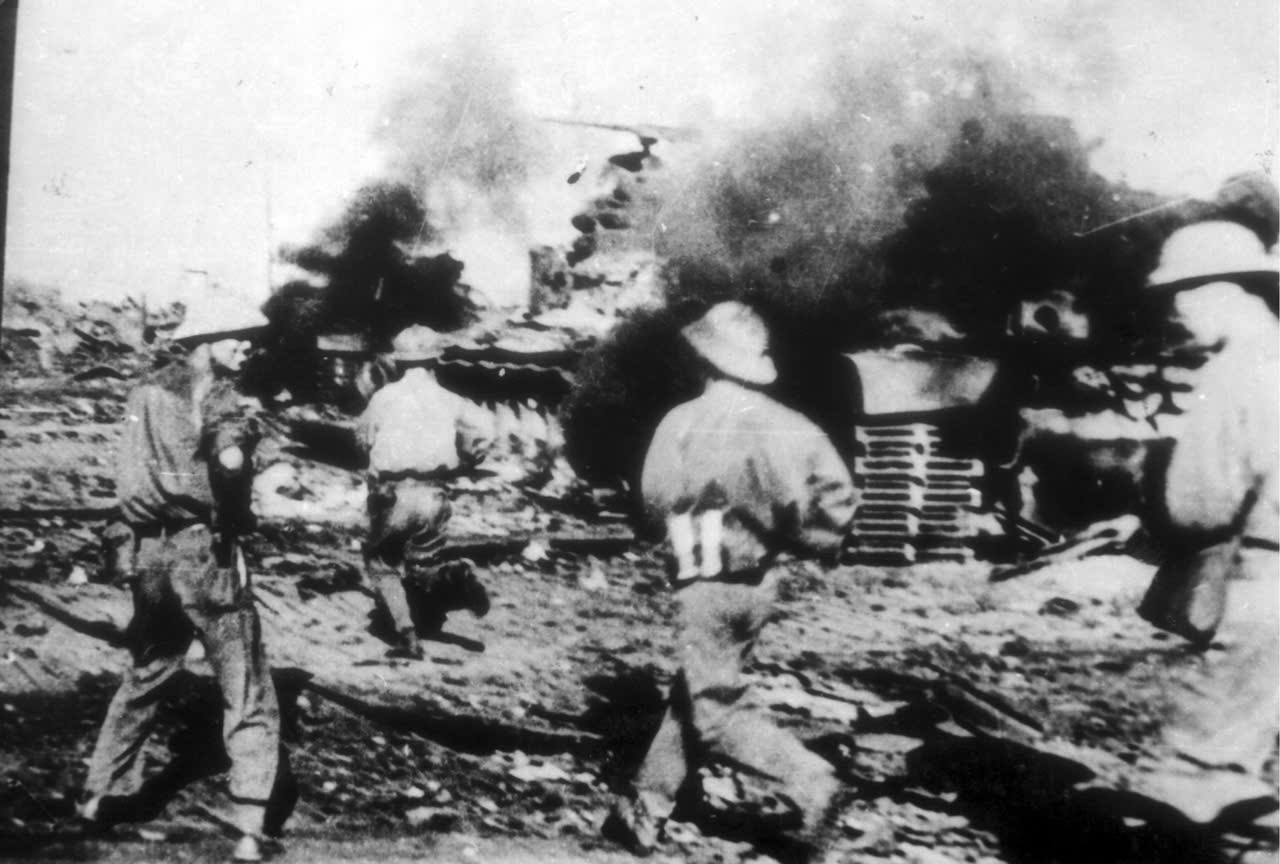 |
| The Liberation Army unit strongly attacked in the direction of Thuan An sea during the 1975 Spring General Offensive and Uprising. Photo: Archive |
From late 1972 to early 1975, the armored engineering sector organized 7 teams and 2 groups to go to the battlefields to repair and restore damaged weapons and equipment. As a result, hundreds of tanks, armored vehicles and cars of all kinds were repaired. At the same time, a number of teams of workers were sent to armored units along with local workers to repair 246 medium and small vehicles, 461 cannons, 65 optical equipment and restore thousands of spare parts and supplies of all kinds. For units in the battlefield, in the years 1973-1974, they actively repaired and restored vehicles, maintained good maintenance and preservation regimes, so before the march, the number of vehicles in time to participate in the campaign of the units was raised, reaching an average of 85% to 95%.
To increase the source of spare parts and supplies to ensure repairs during operations and combat, the units actively collected 47 tons of supplies from warehouses in the battlefields; removed 67 tons of spare parts and supplies from destroyed vehicles. In addition, the Armored Command promptly transported a large amount of spare parts and supplies to the battlefields, including: 134 engines, 100 gearboxes, 2,024 batteries, 2,295 heavy-duty wheels, 44,830 chains... In particular, the Command dispatched 8 construction vehicles and many repair tools, 19 sets of instructions for using armored tanks compiled and edited by the engineering sector.
Innovative technology guarantees rapid marches
During the combat march, the Armored Corps made great efforts to overcome difficulties and hardships and had many innovations to equip tanks and armored vehicles to march at lightning speed, promptly joining the combat formations of the armies and branches. There were vehicles that were damaged and had no replacement equipment, so the drivers had to take another vehicle back hundreds of kilometers to some heavily damaged tanks in the rear to remove spare parts and materials to restore their vehicles. For vehicles that were severely damaged and could not be repaired (including cars), the comrades removed spare parts to repair slightly damaged vehicles and make spare parts for reserve.
To ensure technical safety in combat operations, the Armored Corps' technical branch has developed a unified plan in units from company to platoon (brigade). In which, the company level organizes a repair team, whose task is to work with the vehicle crew to tow lightly damaged vehicles, helping the vehicles to have technical inspections when they are out of action for a long time. The battalion level organizes a repair team with the task of towing and repairing damaged vehicles that the companies cannot handle. The platoon level (brigade) organizes one to two repair teams, each team has from 15 to 20 workers of various types, equipped with a repair vehicle following the unit's formation, with the task of helping to tow and repair damaged vehicles that the battalions cannot fix...
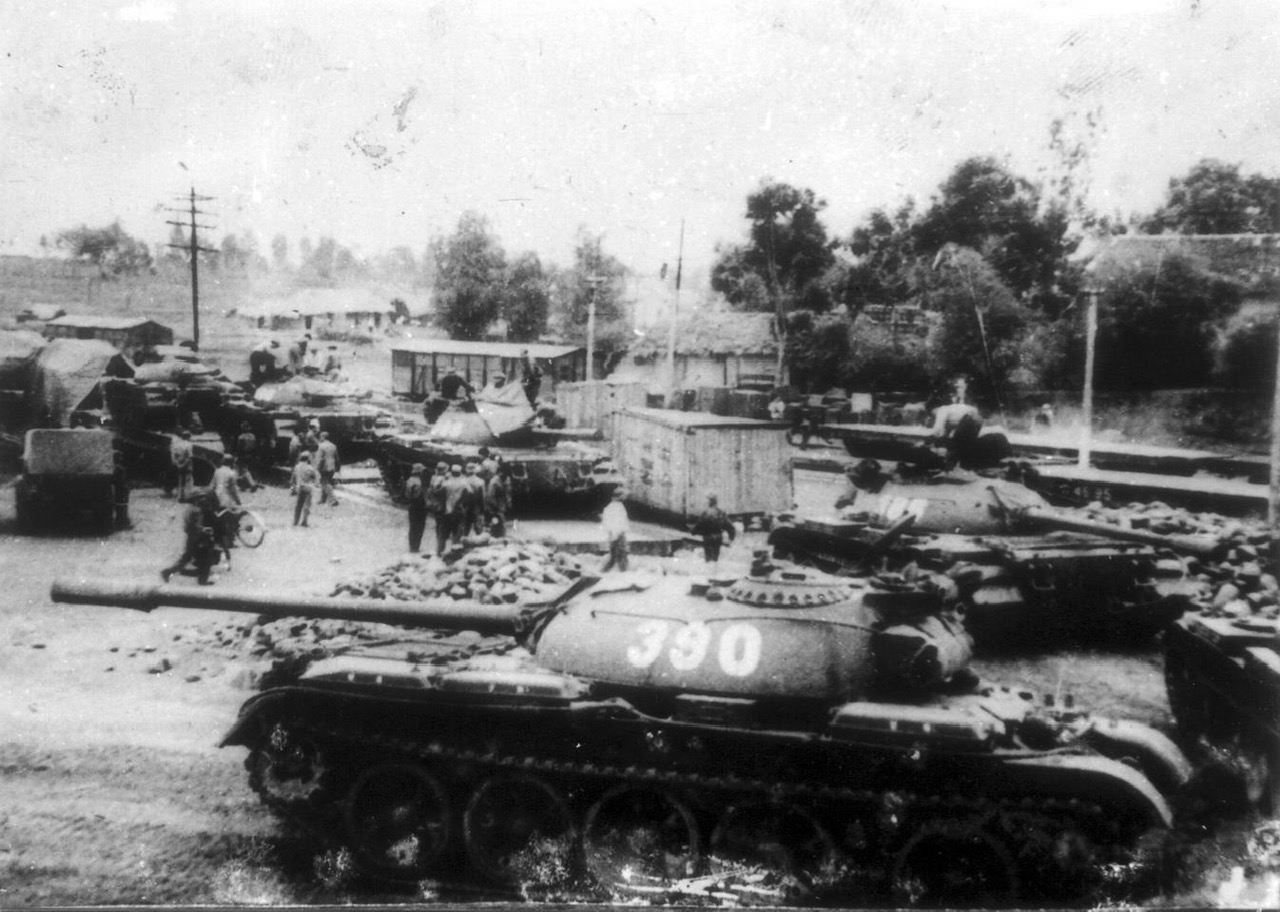 |
| Armored troops participating in the Ho Chi Minh Campaign. Photo: Archive |
With this organization, in general, during the march, the teams and groups in the brigade and the Command repaired an average of 80.6% of the total number of damaged vehicles, promptly bringing them back to the combat formation. Thanks to that, the marches of the Armored Corps participating in major campaigns in early 1975 achieved records in the history of the marching of the branch. The number of vehicles destroyed during the march was very small (0.3%), the average vehicle arrival rate was 92.5%, many units reached 100%. For example: Battalion 66, Brigade 202 marched nearly 1,700km across 6 rivers and brought 96% of the vehicles to their destination safely. Although the marching route was unfamiliar and had been destroyed by the enemy before the retreat, the speed of some units reached 249km/day and night, such as the 2nd Tank Battalion, 203rd Brigade. Most units marched 16 hours/day and night, including breaks for vehicle inspection and meals. On fast-paced days, some units marched continuously for 19 hours, and the drivers were still enthusiastic and happy to drive safely.
In the Ho Chi Minh Campaign, a practical experience was drawn that the work of the technical command of the attack and deep penetration required high speed of marching, long distance, the troops had to march and fight continuously. This required the technical command of the attack to be complete and accurate before and during the combat march so that the vehicles could reach their destination quickly, sufficiently, with good techniques, ready to fight the enemy in all situations. Therefore, the work of checking the technical command of tanks and armored vehicles before marching must be done meticulously, with full contents according to regulations. During the march, all the regimes and contents of technical inspection must be fully implemented during short breaks or temporary stops. The technical command of the attack teams and teams must closely follow the formation of the combat marching units in front and behind to be able to promptly support the units...
The creativity and efforts to overcome difficulties of the armored engineering industry contributed to increasing the mobility of armored tanks in conditions of rapid marching and lack of equipment and supplies. Thereby, armored tank units were able to fight in time with other military branches and services, creating the victory of April 30, 1975, liberating the South and unifying the country.
MINH QUANG
Source: https://www.qdnd.vn/quoc-phong-an-ninh/nghe-thuat-quan-su-vn/bo-doi-tang-thiet-giap-chu-dong-sang-tao-bao-dam-ky-thuat-trong-hanh-quan-than-toc-mua-xuan-1975-826749


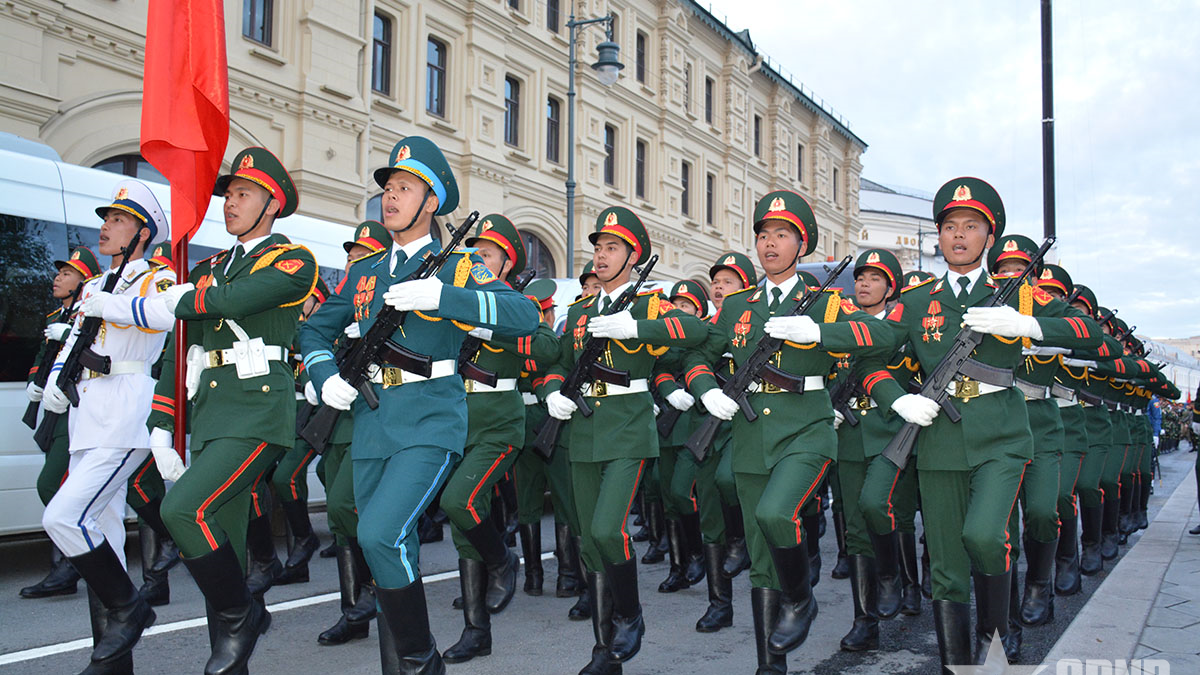
![[Photo] Vietnam shines at Paris International Fair 2025 with cultural and culinary colors](https://vphoto.vietnam.vn/thumb/1200x675/vietnam/resource/IMAGE/2025/5/4/74b16c2a197a42eb97597414009d4eb8)
![[Photo] Bus station begins to get crowded welcoming people returning to the capital after 5 days of holiday](https://vphoto.vietnam.vn/thumb/1200x675/vietnam/resource/IMAGE/2025/5/4/c3b37b336a0a450a983a0b09188c2fe6)
![[Photo] General Secretary To Lam receives Sri Lankan President Anura Kumara Dissanayaka](https://vphoto.vietnam.vn/thumb/1200x675/vietnam/resource/IMAGE/2025/5/4/75feee4ea0c14825819a8b7ad25518d8)


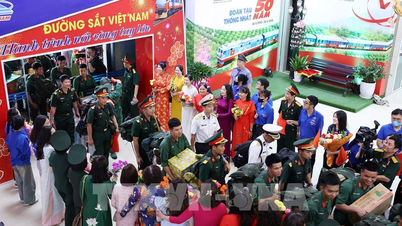
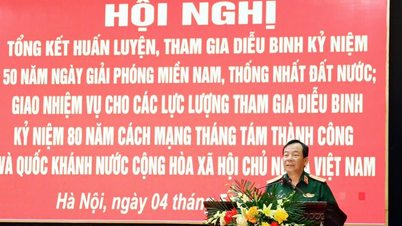
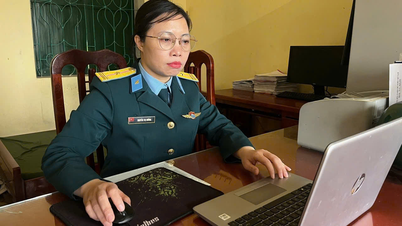
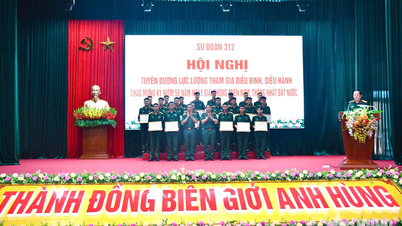

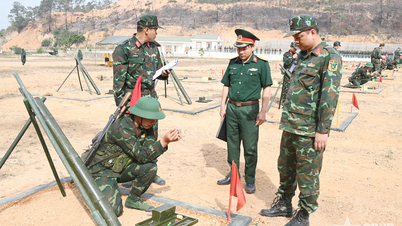






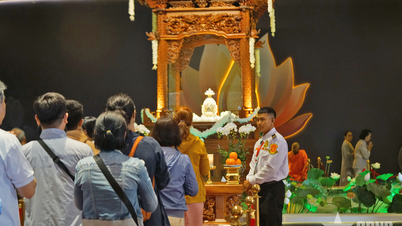

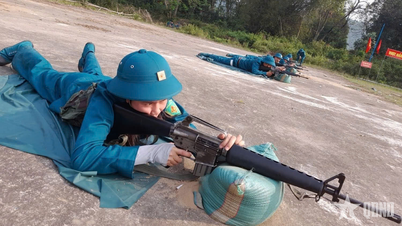








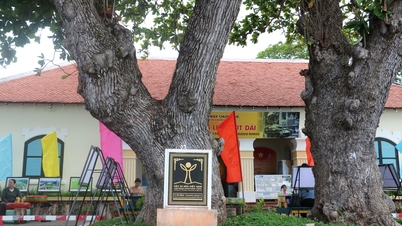

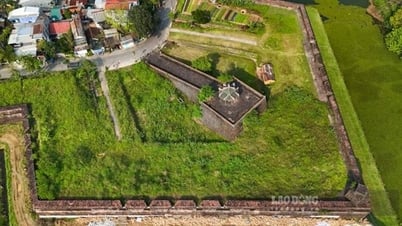

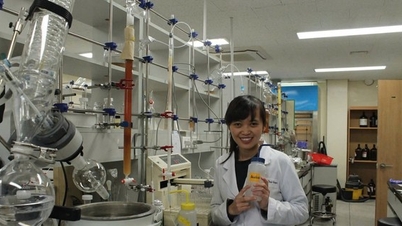


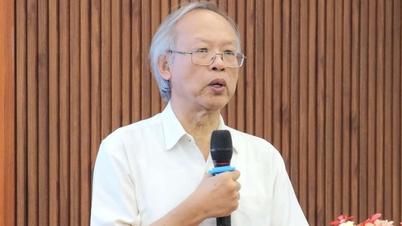

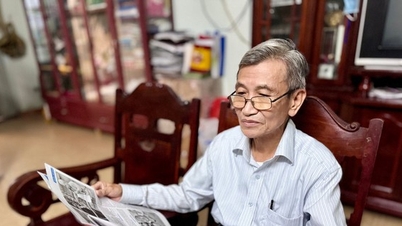
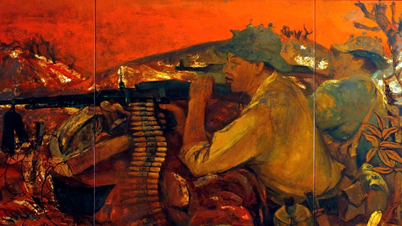



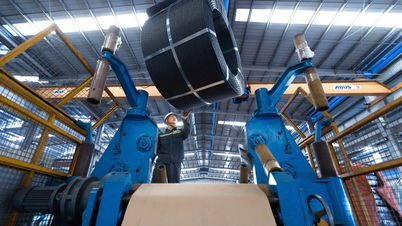



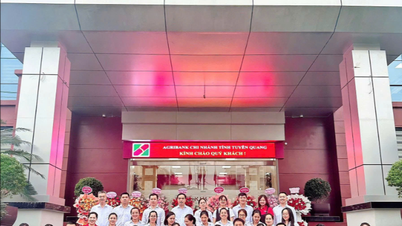


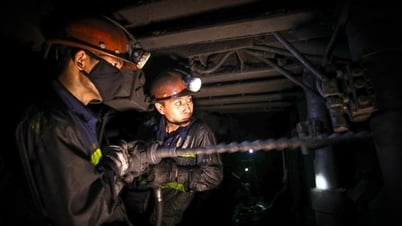




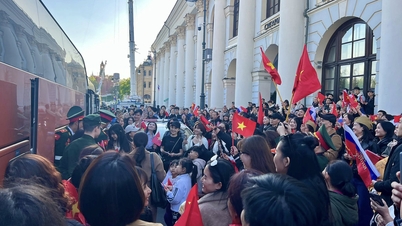


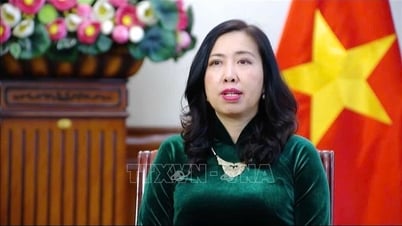




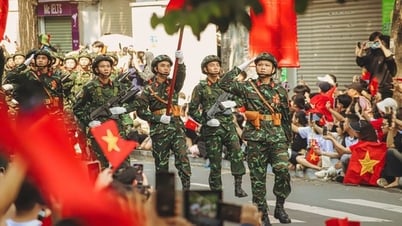



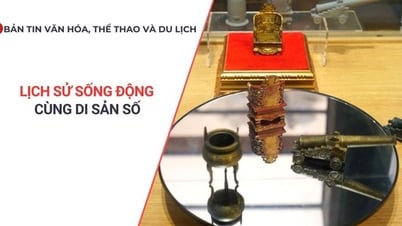



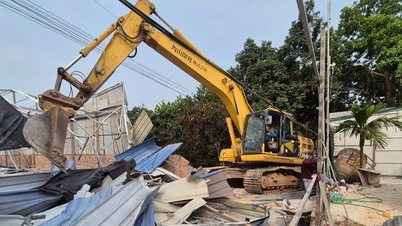













![[Video]. Building OCOP products based on local strengths](https://vphoto.vietnam.vn/thumb/402x226/vietnam/resource/IMAGE/2025/5/3/61677e8b3a364110b271e7b15ed91b3f)




Comment (0)